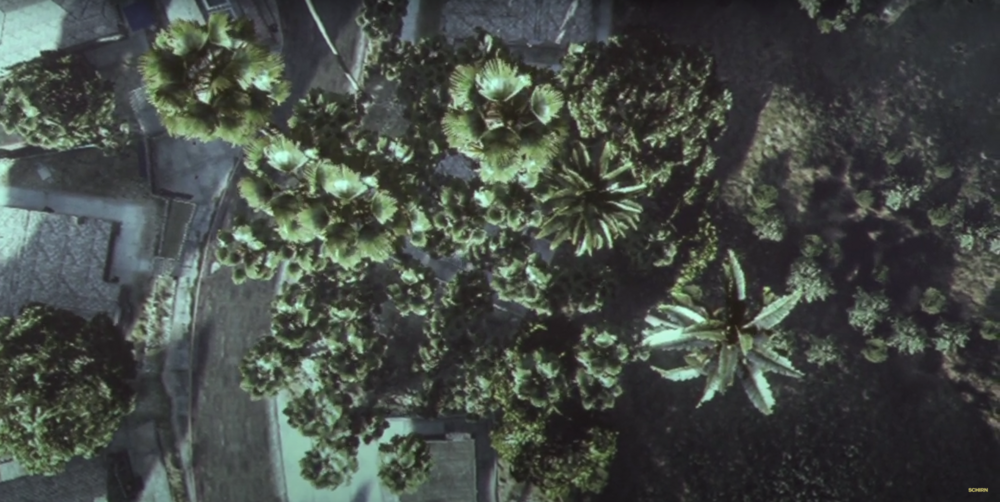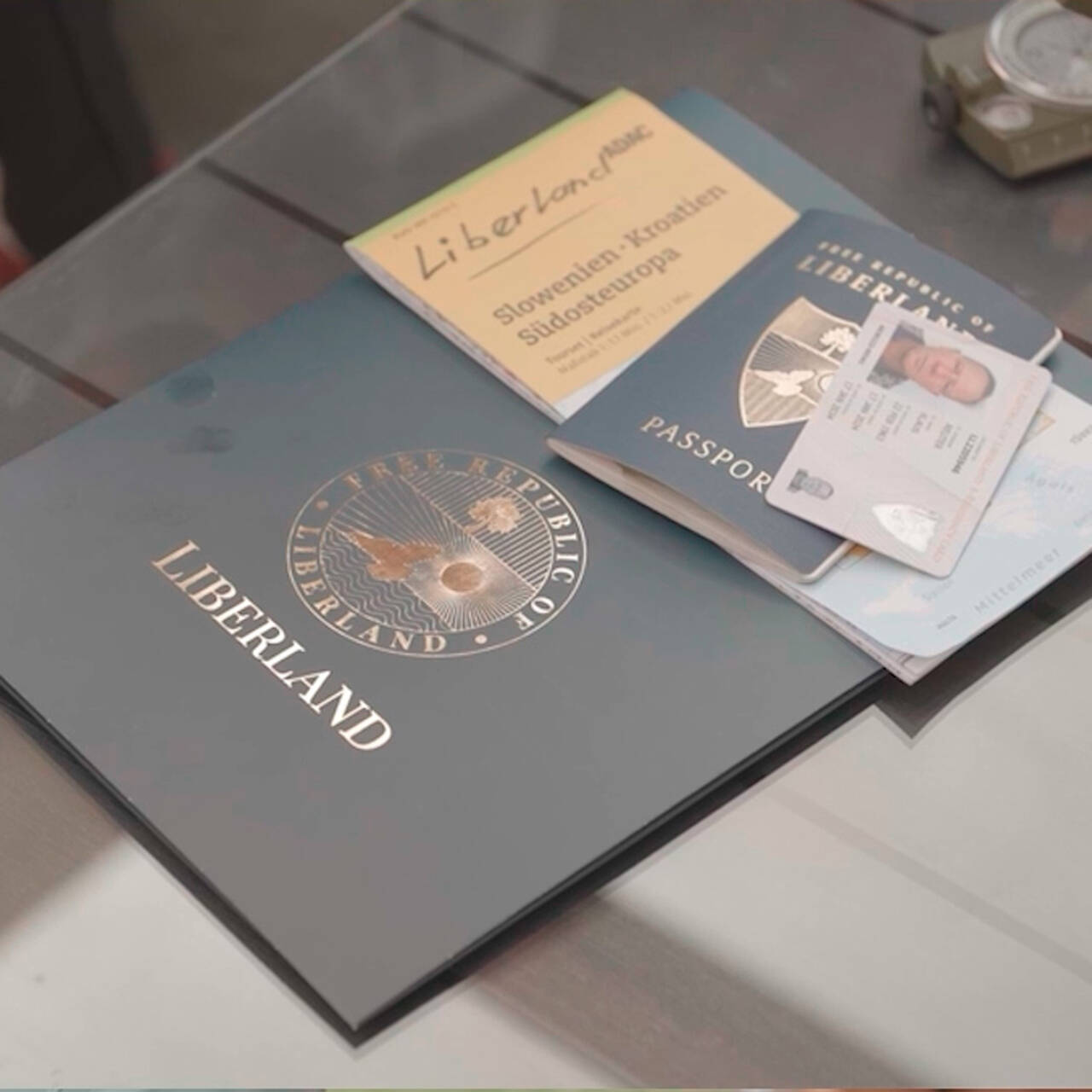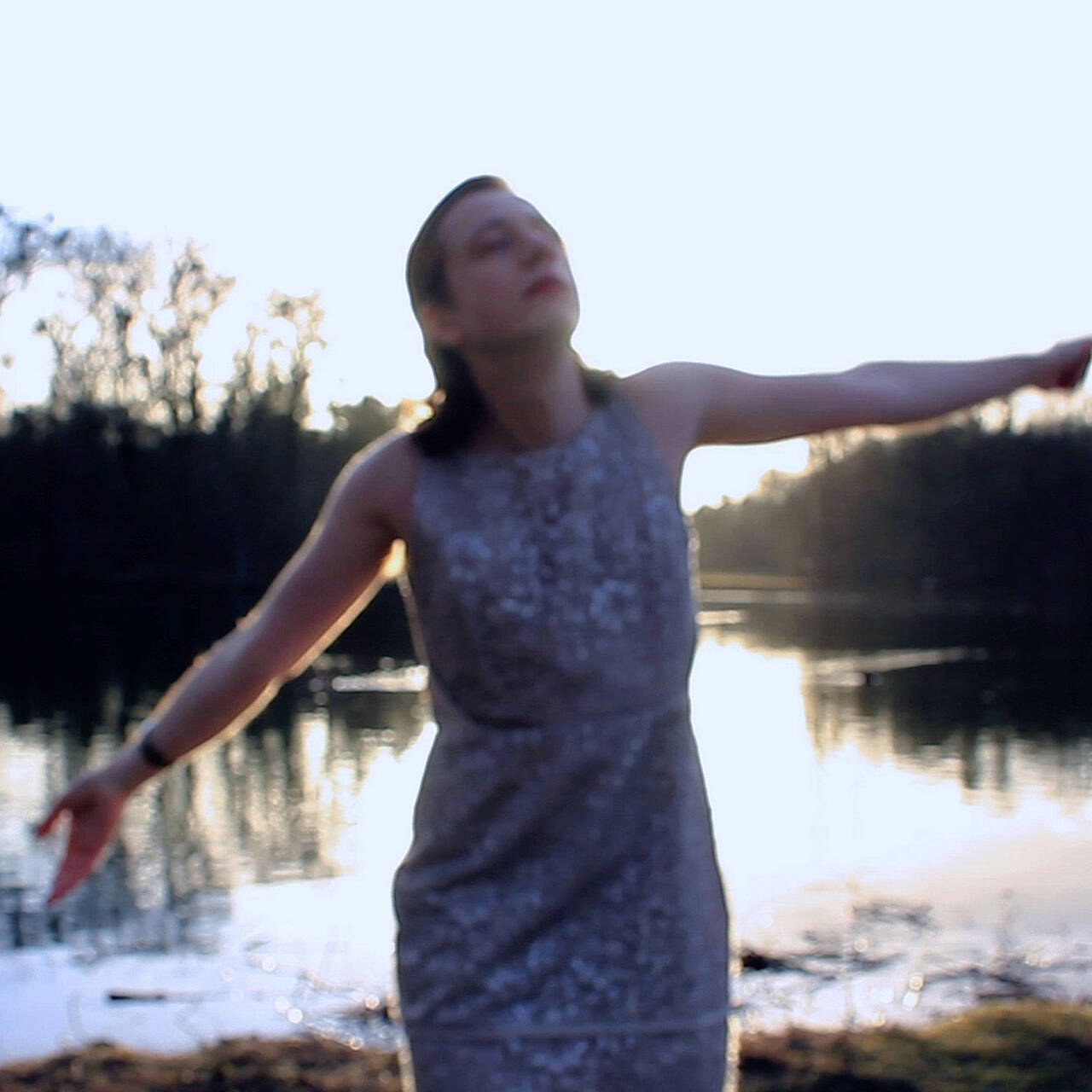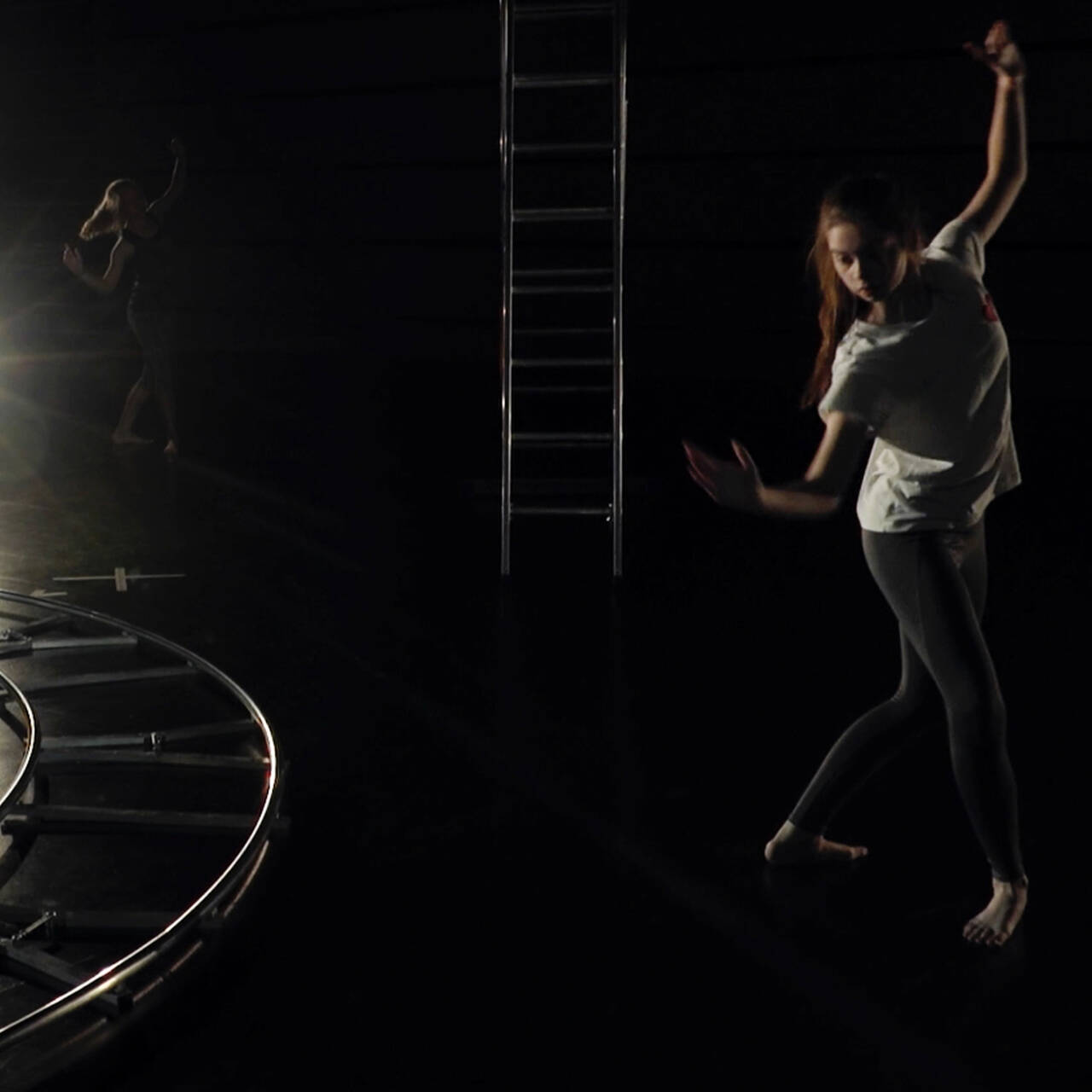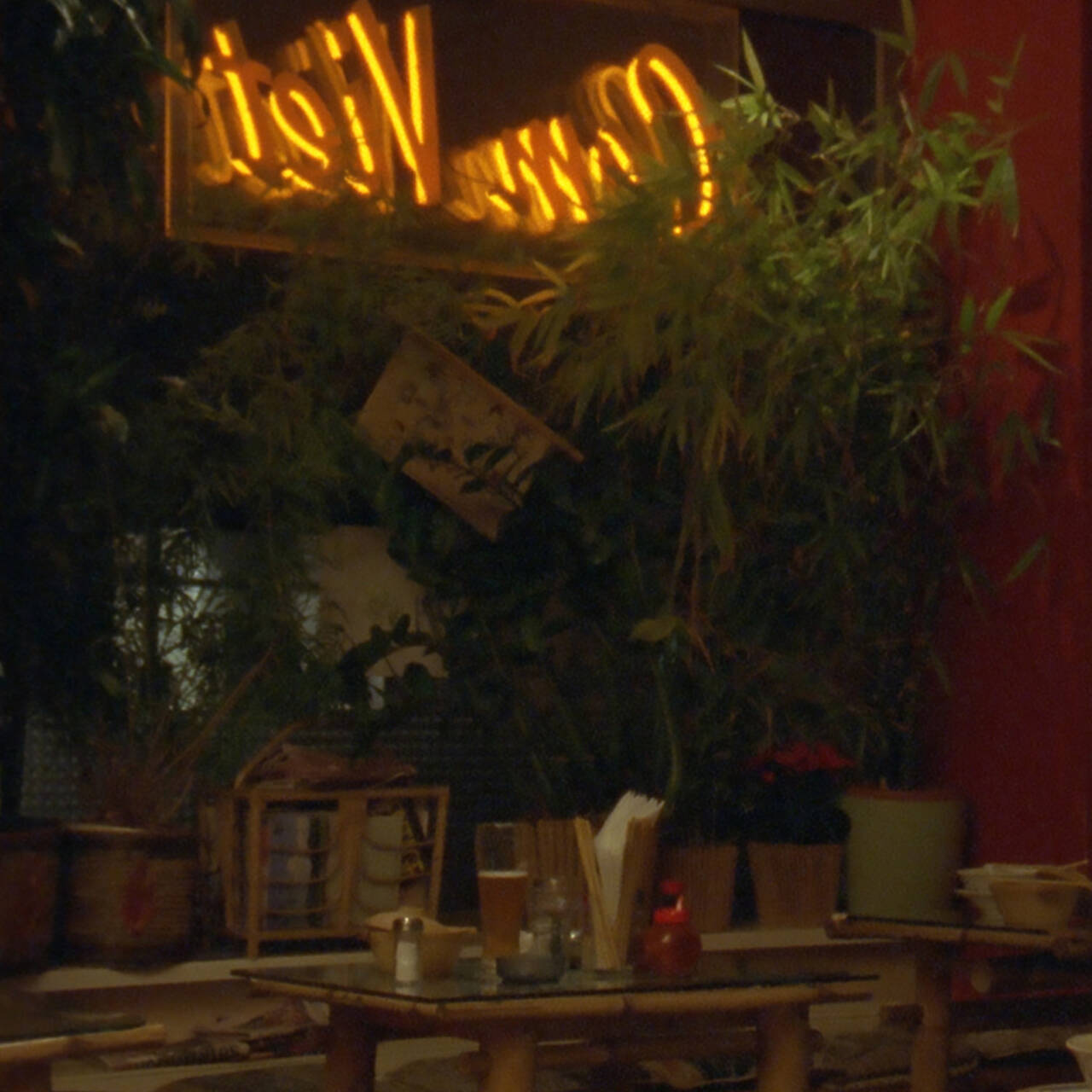A tropical landscape turns out to be the distorted world of a human avatar. In Aleksandar Radan’s film “This water gives back no images” nothing is as it seems and yet incredibly real.
William Waring Cuney was just 18 years old and still a student at Lincoln University in Pennsylvania when he wrote “No Images.” Two years later the poem won an award in Opportunity magazine’s “Literary Contest” and went on to become a classic of the Harlem Renaissance, a social, artistic and cultural movement of African-American artists in the 1920s.
If she could dance naked under palm trees / And see her image in the river she would know. […] But dishwater gives back no image.
On her 1966 album “Let it all out,” Nina Simone then released a recording of an A cappella version of the poem entitled “Images,” which she had performed in New York two years earlier. In just a few lines Cuney had captured the race and related class issues, which Simone revisited in the midst of the Civil Rights Movement: “She does not know her beauty / She thinks her brown body has no glory. If she could dance naked under palm trees / And see her image in the river she would know. […] But dishwater gives back no image.”
Nina Simone’s live recording appears in the middle of Aleksandar Radan’s piece – which already refers to the poem in its title – “This water gives back no images.” The good six minutes long video loop opens with shots of a tropical landscape. Whereas at the beginning we could still think the palm trees were a collection of blurred, low-res camcorder images, it rapidly becomes clear that it is digital material.

And indeed: For “This water gives back no images” (2017) Aleksandar Radan modified landscapes and figures from the well-known video game “GrandTheft Auto V” – using a technique he already employed in other works. On the audio track, after listening to the cheerful twittering of birds just a second ago, we suddenly hear digital distortions, which also seem to impact on the picture. Inside a gloomy building we now see a pale-looking figure, an avatar, sitting motionless on a couch, then lying on the floor and finally, among the palm trees again, sitting in front of a television.
The avatar suddenly finds himself in a flooded palm tree landscape again
The screen shows the live recording of Nina Simone’s “Images,” her impressive voice echoing strangely through the digital world. Again, we perceive distortions of the picture and sound, until the avatar suddenly finds himself on a flooded beach, with only the tops of the palm trees visible. As an installation projected with a time lag onto three screens, “This water gives back no images” toys with the striking differences between surface and actual core.

In Radan’s work a phonetic similarity turns “Dishwater” into “This Water,” a supposedly naturalistic palm tree scene turns out to be a digital landscape and is modified at will; here TVs float through the air, water swallows figures’ reflections, palm trees grow out of the seawater – or have they been engulfed by the large volumes of water? However, that the “digital water” in Aleksandar Radan’s piece gives back no images is not entirely correct: The reflected image in the digital world gives back precisely what its creator wants– for chance or even physical laws play no role here, unless they areexplicitly intended by the game programmer himself.

Whereas in “No Images” Cuney uses the theme of the mirror image to refer to racist and socioeconomic structures of discrimination within society (society itself is the mirror and distorts the image of individual), the question as to what can be held up to the individual as a mirror at all in digital worlds remains unanswered for the time being. As does the question as to how a digital individual can even be formed.
The digital world around them is slowly beginning to disintegrate
As his favorite film, Radan has chosen “Hotel” (2012) by French film and video artist Benjamin Nuel. In the 80-minute animated film, masked terrorists and members of special police squads, avatars from video games, find themselves in some sort of retirement resort– a large mansion complete with extensive grounds, whose owner is a mysterious, talking chicken. An opening sequence tells viewers that the avatars, forgotten by their commanders, have since forever been waiting for a new mission. They pass the time with military exercises, table tennis, seek to engage in emotional exchange, but they can’t escape the boredom and senselessness of their existence, while the digital world around them slowly begins to disintegrate.

In a way, “Hotel” is the product of a bad conscience, Benjamin Nuel noted in an interview with the online platform Vdrome. He spent so much time playing “CounterStrike,” he felt he had to justify this with something creative, to transform it into something else. The game “Hotel” was first released in 2008. This led to the production of a series for the TV channel Arte, which told of the advancing disintegration of the animated world in weekly episodes, before the feature film of the same name was finally released in 2012.
“Hotel” is to a certain extent reminiscent of sci-fi movies, such as Andrei Tarkovsky’s “Stalker” and “Solaris” or Fassbinder’s two-part series “Welt am Draht” (“World on a Wire”). Metaphysical questions of the individual are reflected in the only seemingly objective outside world; the latter’s fragmentation ultimately leads to its decay, turning the individual to fall back on him/herself. It is an obscure, darkly humorous and ultimately tragic world that Benjamin Nuel transports us to in “Hotel.”

Benjamin Nuel, Hotel (Still), 2012, Image via cargocollective.com

Benjamin Nuel, Hotel (Still), 2012, Image via cargocollective.com
Perhaps in the end both Nuel’s and Radan’s avatars even come to the same conclusion, stand in front of a similar void, as the band Blumfeld once put it most fittingly: “Back to the earliest image / from where I actually come … If I come to an end. Maybe a beginning. A kind of disappearing.” Thus, in the end, for his part, too, the grayish figure in Aleksandar Radan’s “This water gives back no images” lies in a fetal position on the seafloor; the water completely blurring his outline.
